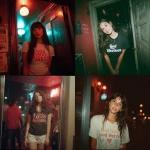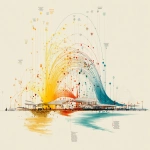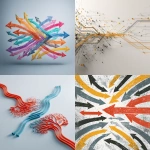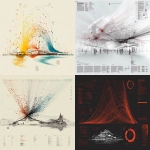Explore the Best AI Image Gallery
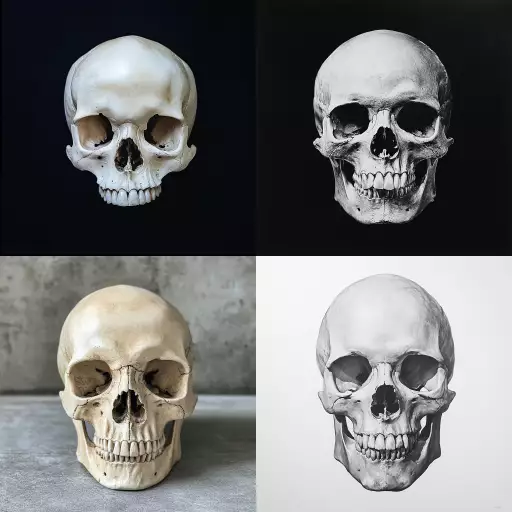
Beyond Pixels: How Wearable Tech is Revolutionizing the Creative Industry
The realm of creativity has always been a space of constant evolution, driven by the human desire to express, innovate, and push boundaries. Today, wearable technology stands as a powerful catalyst, propelling the creative industry into uncharted territories.
A Canvas on Your Skin: Wearables as Tools for Artistic Expression
Wearable tech is transforming how artists create and interact with their work. From interactive sculptures that respond to the wearers movements to haptic suits that translate sound into physical sensations, these devices are blurring the lines between artist, artwork, and audience.
- Motion Capture and Performance Art: Wearable sensors can capture intricate body movements, translating them into digital animations or interactive installations. This opens up new possibilities for performance art, allowing artists to explore the relationship between physicality and technology.
- Sound Reactive Clothing and Fashion Design: Imagine garments that change color or texture in response to music or ambient sounds. Wearable LEDs, conductive threads, and responsive fabrics are empowering fashion designers to create truly interactive and expressive clothing.
- Augmented Reality (AR) Experiences: AR glasses can overlay digital elements onto the wearers physical environment, creating immersive and personalized art experiences. Imagine walking through a city where buildings transform into paintings or sculptures appear out of thin air.
Bridging the Gap Between Artist and Audience
Wearable tech is not only changing how artists create but also how audiences engage with art. By incorporating interactive elements, wearables allow for a more participatory and immersive experience.
- Personalized Art Experiences: Imagine visiting an art museum where the artwork reacts to your movements or emotions. Wearable sensors could personalize each visitors experience, tailoring the art display based on their preferences and responses.
- Collaborative Art Projects: Wearables can facilitate real-time collaboration between artists and audiences. Participants could contribute to a collective artwork by sharing their movements, sounds, or thoughts through their devices.
Ethical Considerations in the Age of Wearable Creativity
As with any powerful technology, wearable tech raises important ethical considerations for the creative industry:
- Data Privacy and Security: Wearables collect vast amounts of personal data about users movements, emotions, and interactions. It is crucial to ensure that this data is handled responsibly and ethically, protecting user privacy and preventing misuse.
- Accessibility and Inclusivity: Not everyone has access to or can afford wearable technology. The creative industry must strive to make these tools accessible to a diverse range of users, ensuring inclusivity and avoiding further marginalization.
- Algorithmic Bias and Fairness: AI algorithms used in wearable tech can perpetuate existing biases if not carefully designed and monitored. It is essential to address algorithmic bias to ensure that creative outputs are fair and equitable for all participants.
The Future of Wearable Creativity: A World of Endless Possibilities
The future of wearable technology in the creative industry is brimming with exciting possibilities. As these devices become more sophisticated and integrated into our lives, we can expect to see:
- More Immersive and Interactive Art Experiences: Imagine attending concerts where the music visualizes your emotions or participating in virtual reality installations that respond to your every gesture.
- Personalized Learning and Creative Development: Wearable sensors can track learning progress and provide real-time feedback, helping individuals develop their creative skills in personalized ways.
- Fusion of Physical and Digital Worlds: The lines between the physical and digital realms will continue to blur, with wearables enabling artists to seamlessly blend physical materials with digital elements.
Wearable tech is poised to revolutionize the creative industry, empowering artists, engaging audiences, and blurring the boundaries of imagination. By embracing its potential while navigating its ethical complexities, we can unlock a future where creativity knows no limits.




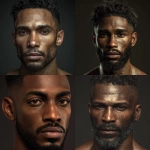
](https://images.ai-img.art/thumbnails/150/3521ea1bce510dbac19d74a3e037e7179b754ae98e8a44c08863e51468c18caa.webp)

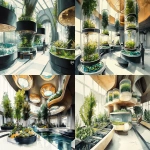
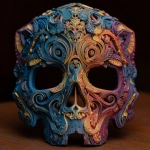
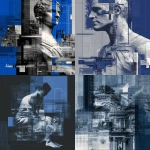
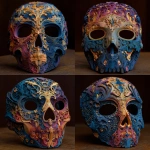






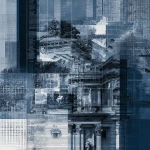
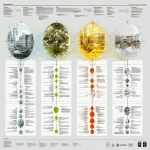
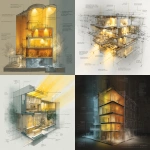
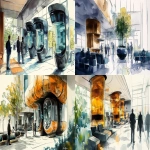
](https://images.ai-img.art/thumbnails/150/9bfac23b6df1e372ace320fda84e18e5e2e668451feacef8c46af60a9f444ad6.webp)
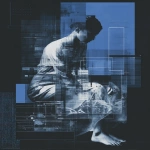

](https://images.ai-img.art/thumbnails/150/469c20665b824a8c49e8b66856a2f9843e7a36c40760ace1e7fd5f2125a32e25.webp)
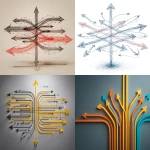

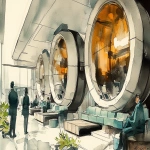




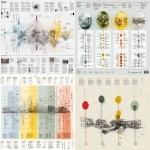


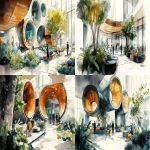
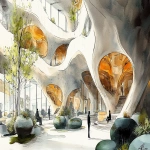
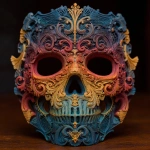
](https://images.ai-img.art/thumbnails/150/93f6b867d7e0d1ef5b08c9115efd6d3cbcc0fcfe07dc47e55d9b3a50056a189e.webp)
